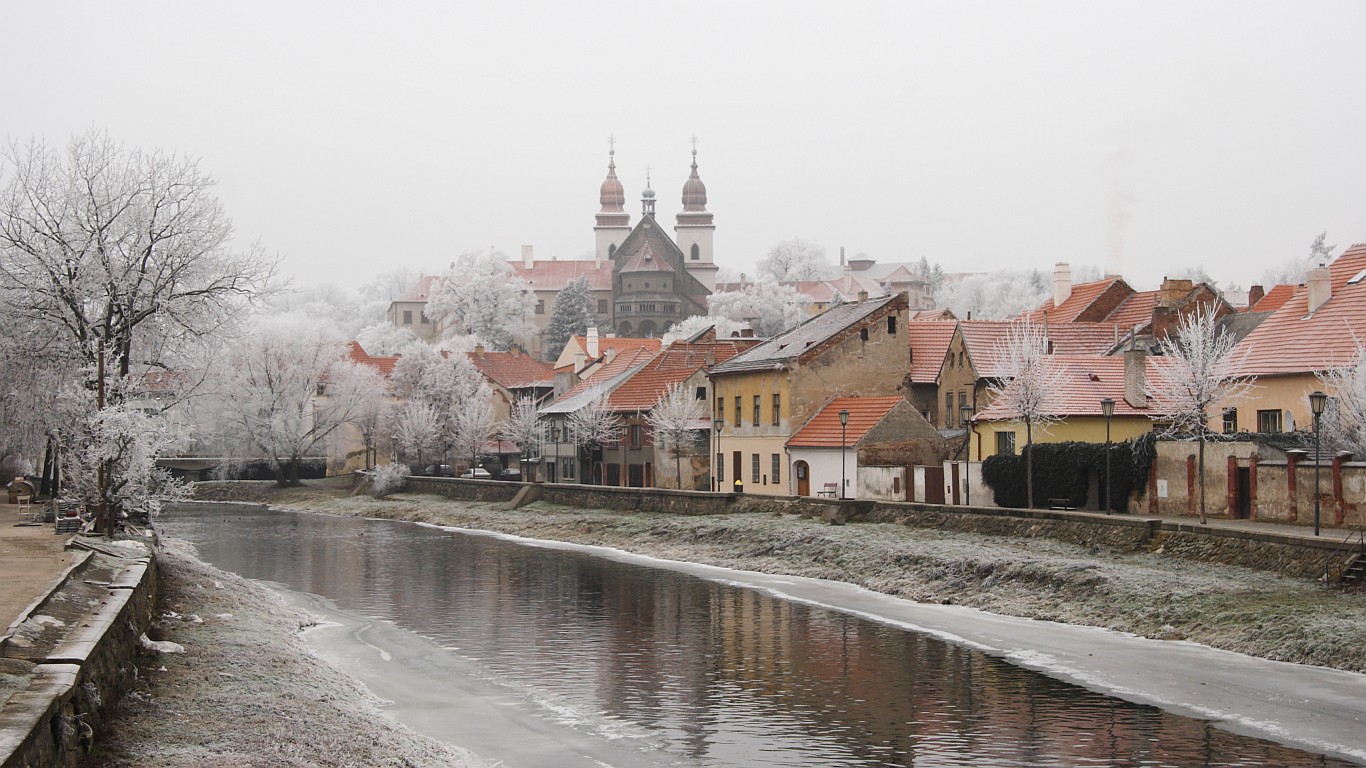
Keeping Memories Alive
Czechs, Germans, Jews? Exploring national identity among Jews of Bohemia.
Czechs, Germans, Jews? National Identity & the Jews of Bohemia, by Kateřina Čapková, published by Berghahn, 2012.
The phenomenon of national identities, always a key issue in the modern history of Bohemian Jewry, was particularly complex because of the marginal differences that existed between the available choices. Considerable overlap was evident in the programs of the various national movements and it was possible to change one’s national identity or even to opt for more than one such identity without necessarily experiencing any far-reaching consequences in everyday life.
Based on hitherto unknown archival sources from the Czech Republic, Israel and Austria, SHCSJ’s board member, Kateřina Čapková’s 2012 book reveals the inner dynamic of each of the national movements and maps out the three most important constructions of national identity within Bohemian Jewry – the German-Jewish, the Czech-Jewish and the Zionist. This book provides a needed framework for understanding the rich history of German- and Czech-Jewish politics and culture in Bohemia and is a notable contribution to the historiography of Bohemian, Czechoslovak and central European Jewry.
Kateřina Čapková is a board member of the Society for the History of Czechslovak Jews, and a research fellow at the Institute of Contemporary History, Prague. She teaches Modern Jewish History at Charles University and NYU in Prague. With Michal Frankl she is the co-author of Nejisté útočiště, a book about Czechoslovakia and refugees from Nazi Germany (2008, in German 2012).
Find out more at: www.berghahnbooks.com/title/CapkovaCzechs
Fading Letters Reveal Family's Holocaust Story
Growing up in the safety of Britain, Jonathan Wittenberg was deeply aware of his legacy as the child of refugees from Nazi Germany. Yet, like so many others there is much he failed to ask while those who could have answered his questions were still alive.
After burying their aunt Steffi in the ancient Jewish cemetery on the Mount of Olives, Jonathan, now a rabbi, accompanies his cousin Michal as she begins to clear the flat in Jerusalem where the family have lived since fleeing Germany in the 1930s. Inside an old suitcase abandoned on the balcony they discover a linen bag containing a bundle of letters left untouched for decades. Jonathan’s attention is immediately captivated as he tries to decipher the faded writing on the long-forgotten letters.
Written mostly in German and dated primarily between 1938 and 1939, the letters chart the struggle of Jonathan's great-aunt Sophie, who resided in Czechoslovakia with a wealthy Czech nationalist, but was receiving the letters while visiting the rest of the family Palestine. The letters warn Sophie not to return, but according to Jonathan's father "she wouldn't hear of it," thus sealing her fate.
Jonathan has written a book about his family's story called 'My Dear Ones': One Family and the Final Solution, published by William Collins.


